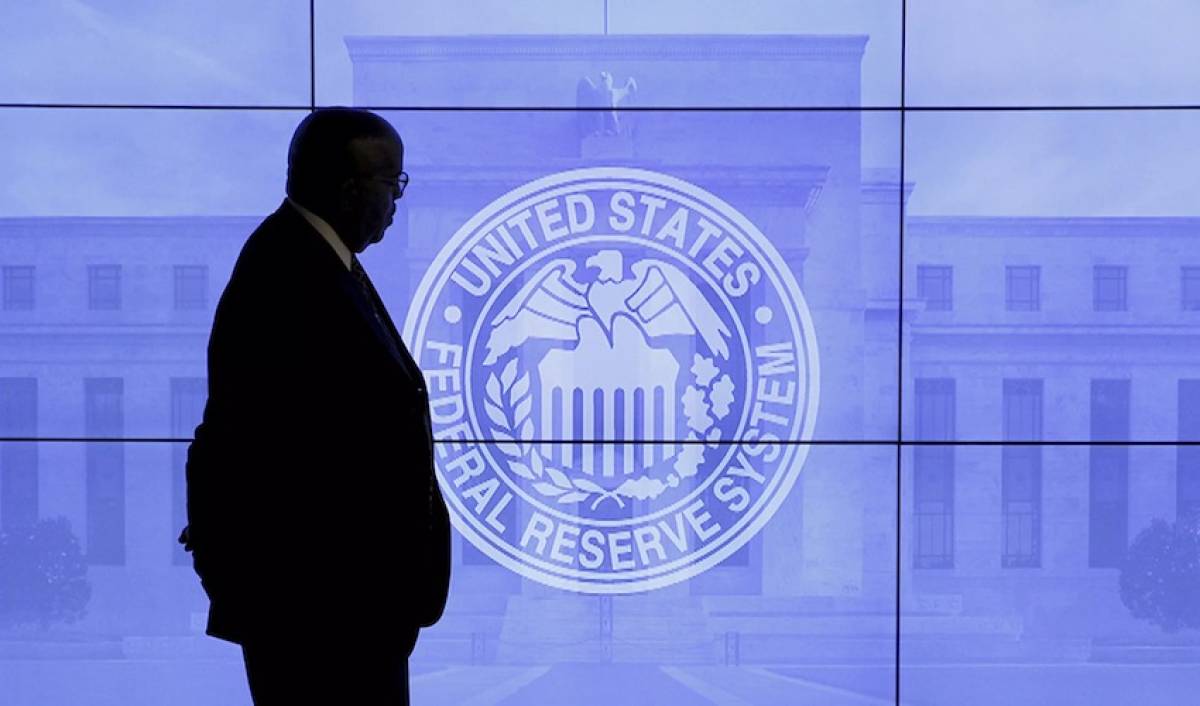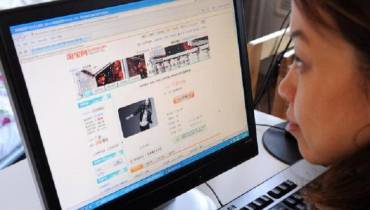Federal Reserve’s Dilemma as Mistakes from Past Come Back to Haunt

A security guard walks by an image of the Federal Reserve. Kevin Lamarque/Reuters.
The U.S. central banking system—the Federal Reserve, or the Fed—faces its biggest dilemma yet in its battle against inflation as mistakes from the past come back to haunt, warns the CEO of one of the world’s largest independent financial advisory, asset management and fintech organizations.
The stark warning from deVere Group’s Nigel Green comes as US CPI data published yesterday reveals that core inflation rose in February in the world’s largest economy.
Nigel says:
The headline CPI last month had risen by 6% from last year, down from the 6.4% pace recorded in January, as expected.
However, core inflation which takes out volatile elements such as food and energy prices, jumped 0.5% on the month, and 5.5% on the year.
This presents the biggest dilemma yet for the Fed.”
Nigel Green continues:
The central bank has the unenviable task of trying to cool high inflation – which remains stubbornly high and with core inflation on the rise again - despite one of the most aggressive rate hike programs in the world, as well as maintaining financial stability, in the face of the second and third biggest bank failures in US history in recent days.
It’s time for an honest conversation. The Fed has already spectacularly failed to control inflation so far.
Now they need to roll higher rates to cool inflation, but these pumped-up rates could trigger yet more problems for the critical banking sector.
Investors are increasingly concerned that the Fed’s overtightening now - when monetary policy time lags are notoriously long - could steer the US economy into a recession.”
Time lag in monetary policies is very high. Economists estimate interest rate changes take up to 18 months to have the full effect. This means monetary policymakers need to try and predict the state of the economy 18 months ahead.
We expect the central bank will remain hawkish. They will argue there’s not enough evidence to revise the hikes.
Mistakes from the past come back to haunt the Federal Reserve.
“The Fed didn’t act quickly enough to tame inflation. They resisted raising interest rates from near-zero levels for most of 2021, even as prices began shooting up due to pandemic-related supply chain snarls, Covid outbreaks, and a persistent labor shortage, amongst other issues," the deVere CEO says. "This all leads to sky-high inflation – and especially wage inflation.”
It would seem that the Fed hasn’t learned the lessons from the 1980s.
During much of the 1970s, the US central bank refused to roll-out rate hikes, probably due to political pressure from leaders unwilling to allow higher unemployment on their watch.
Of course, this made workers keep asking for ever higher salaries, which forced businesses to keep increasing prices to compensate, and which led to the infamous 1980’s wage-price spiral and the recession.
The deVere chief also flags not bringing quantitative easing (QE) to an end sooner as another potential mistake made by the Fed.
In 2022, the Fed brought an end to its QE policy, involving purchases of Treasury and mortgage-backed securities. QE was aimed at providing more liquidity to capital markets.
“Could QE have helped spur inflation as the increased money supply resulted in too much money chasing too few goods and services at that time?” he asks.
Nigel Green concludes:
“Mistakes of the past are coming back to haunt the Fed as they face their toughest decision yet at their next meeting on March 22.”




















